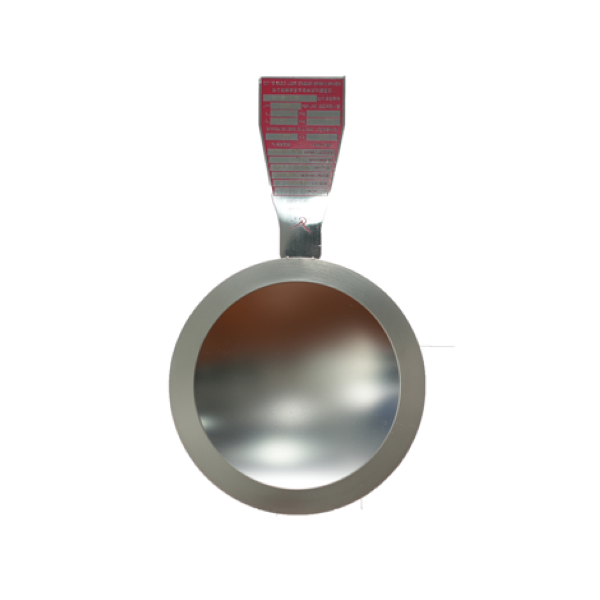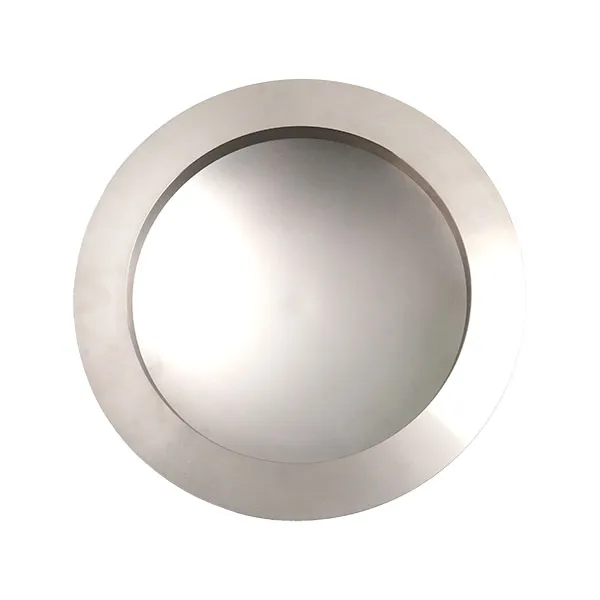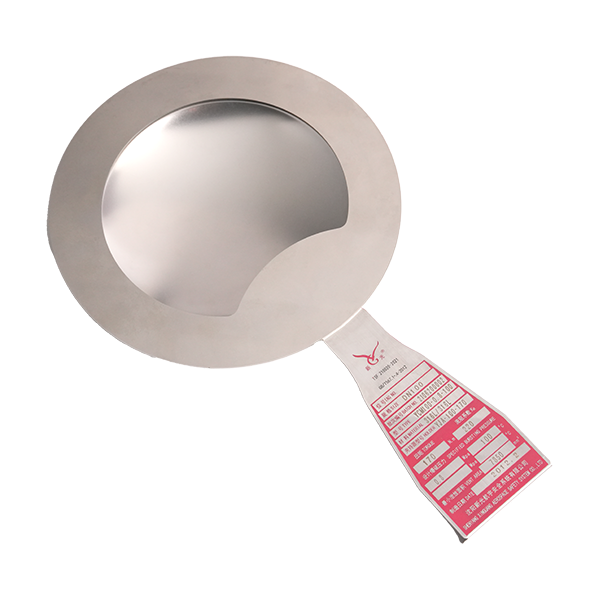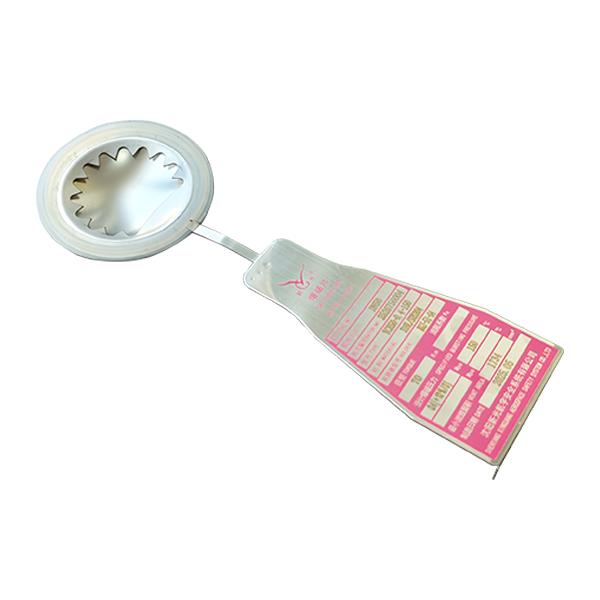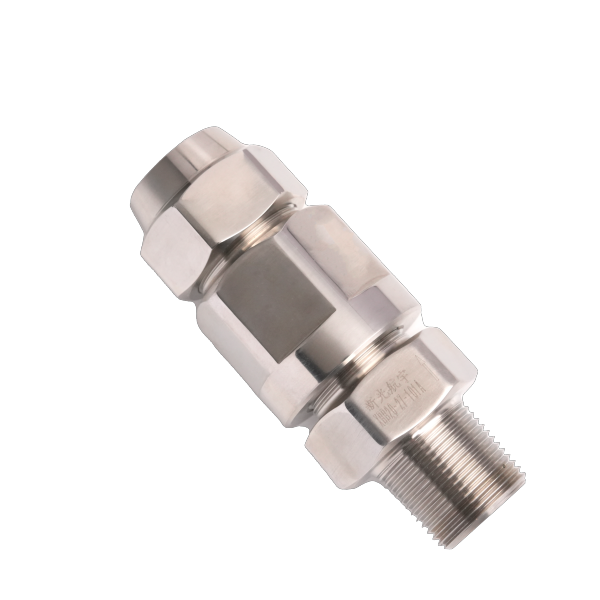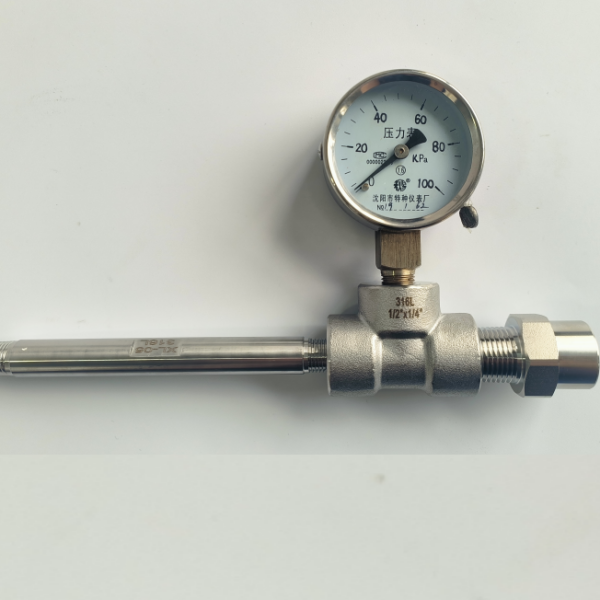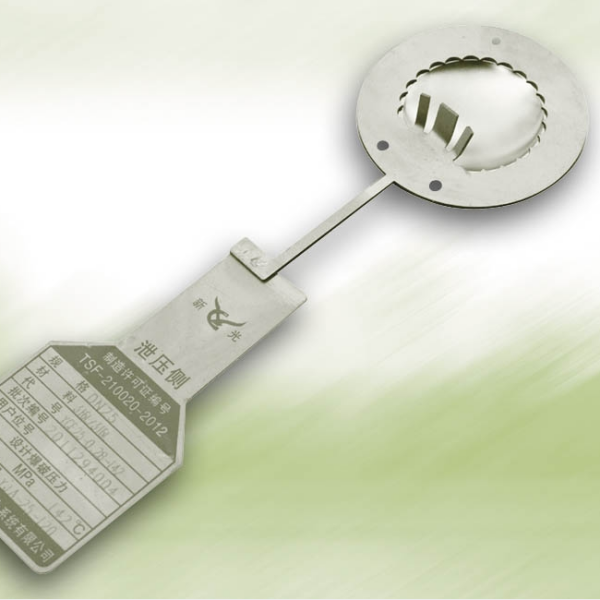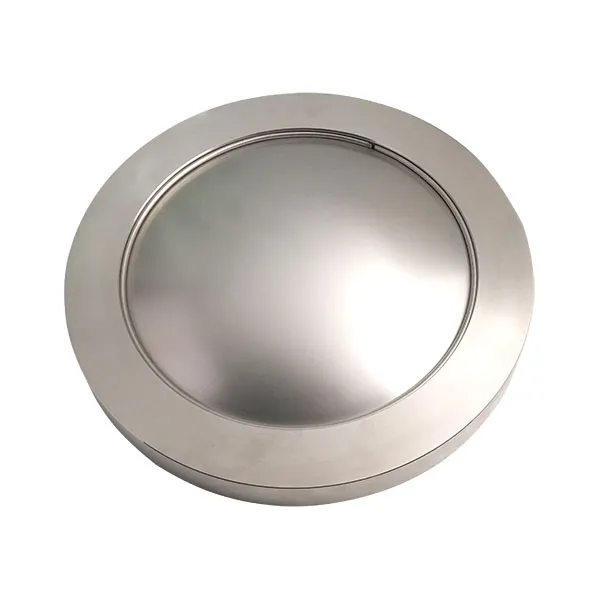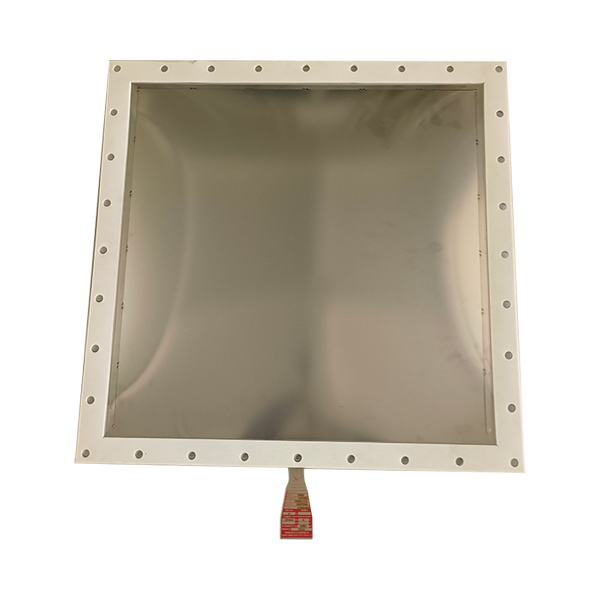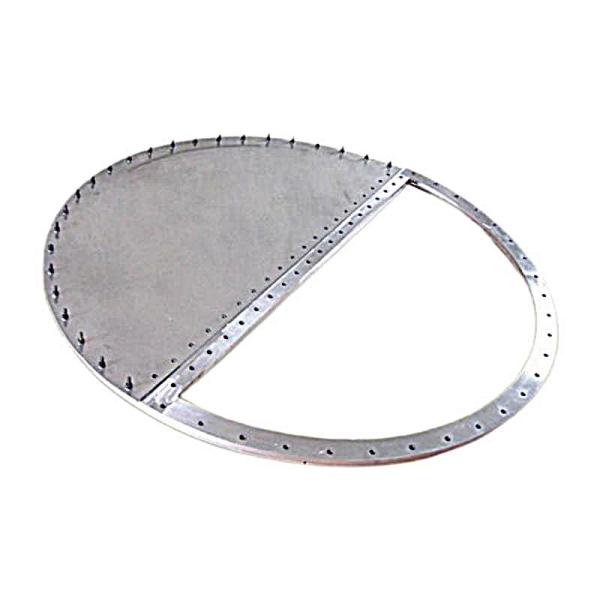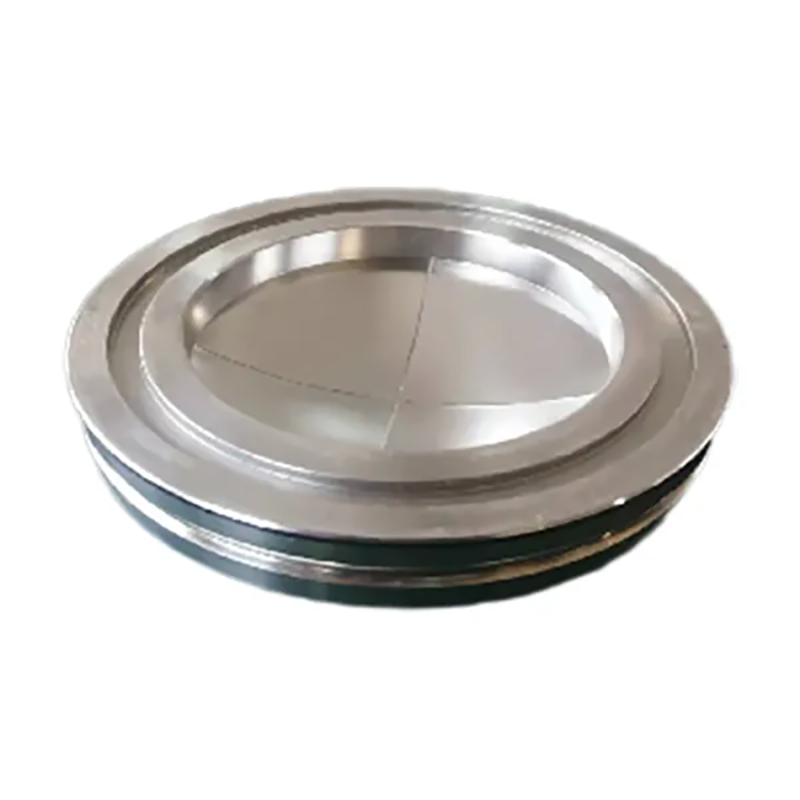Introduction of safety bursting disc:
A bursting disc is a structure used to safely release pressure, and is often used in pressure vessels, pipelines, and equipment to prevent catastrophic failures caused by excessive pressure. When the pressure exceeds the set value, the bursting disc will rupture, thereby quickly releasing the overpressure and protecting the safety of equipment and personnel.
Safety bursting discs are usually made of metal, plastic, or composite materials, and are designed to rupture quickly and cleanly when the predetermined pressure is reached. Depending on the application, the shape and size of the bursting disc can vary greatly, but they generally have the following characteristics:
1. Weak section: The design of the safety bursting disc contains a weak section that is easy to rupture when the pressure exceeds its strength.
2. Sealing: Under normal working conditions, the bursting disc remains closed to prevent media leakage.
3. Rupture pressure: Each bursting disc is designed with a specific rupture pressure to ensure accurate action when that pressure is reached.
4. Pressure relief capacity: Once ruptured, the safety bursting disc should be able to quickly release enough pressure to prevent equipment damage.
5. Reusable or disposable: Some bursting discs are designed for one-time use and need to be replaced after rupture; while some can be reset or repaired and reused.
Differences between safety bursting discs and safety valves:
Both bursting discs and safety valves are safety devices used to protect pressure vessels and piping systems from excessive pressure, but they have different working principles, applications and functional characteristics. The following are the main differences between bursting discs and safety valves:
1. Working principle:
Burst disc: A safety bursting disc is a weak metal or composite disc that will rupture when the system pressure exceeds its design pressure, quickly releasing the overpressure and protecting the system from damage. Burst discs are usually single-use and need to be replaced once they rupture.
Safety valve: A safety valve is an automatic pressure relief device. When the system pressure exceeds the preset safety value, the valve will open and release some of the pressure to reduce the system pressure. When the pressure drops below the safety value, the valve will automatically close.
2. Response speed:
Burst disc: The safety bursting disc has a very fast response speed and can rupture almost instantly once the pressure exceeds the set value.
Safety valve: The response speed of the safety valve is relatively slow because it needs to be opened and closed by a mechanical structure.
3. Pressure relief capacity:
Bursting disc: The pressure relief capacity of the bursting disc is usually small, which is suitable for sudden large pressure fluctuations or overpressure protection.
Safety valve: The pressure relief capacity of the safety valve is large, and it can continuously release pressure, which is suitable for occasions where frequent pressure adjustment is required.
4. Applicable media:
Bursting disc: It is suitable for a variety of media, including corrosive, viscous or solid-containing media.
Safety valve: It is also suitable for a variety of media, but for viscous media, special design may be required to prevent sticking.
5. Maintenance and reliability:
Bursting disc: It is simple to maintain, but needs to be replaced regularly. Due to its simple structure, it has high reliability.
Safety valve: It needs to be checked and calibrated regularly to ensure its normal operation, and there may be a risk of failure due to mechanical failure.
6. Application occasions of both:
Bursting disc: It is suitable for one-time or occasional overpressure protection, especially in occasions where rapid pressure relief is critical.
Safety valve: It is suitable for occasions where frequent pressure adjustment and continuous protection are required.

